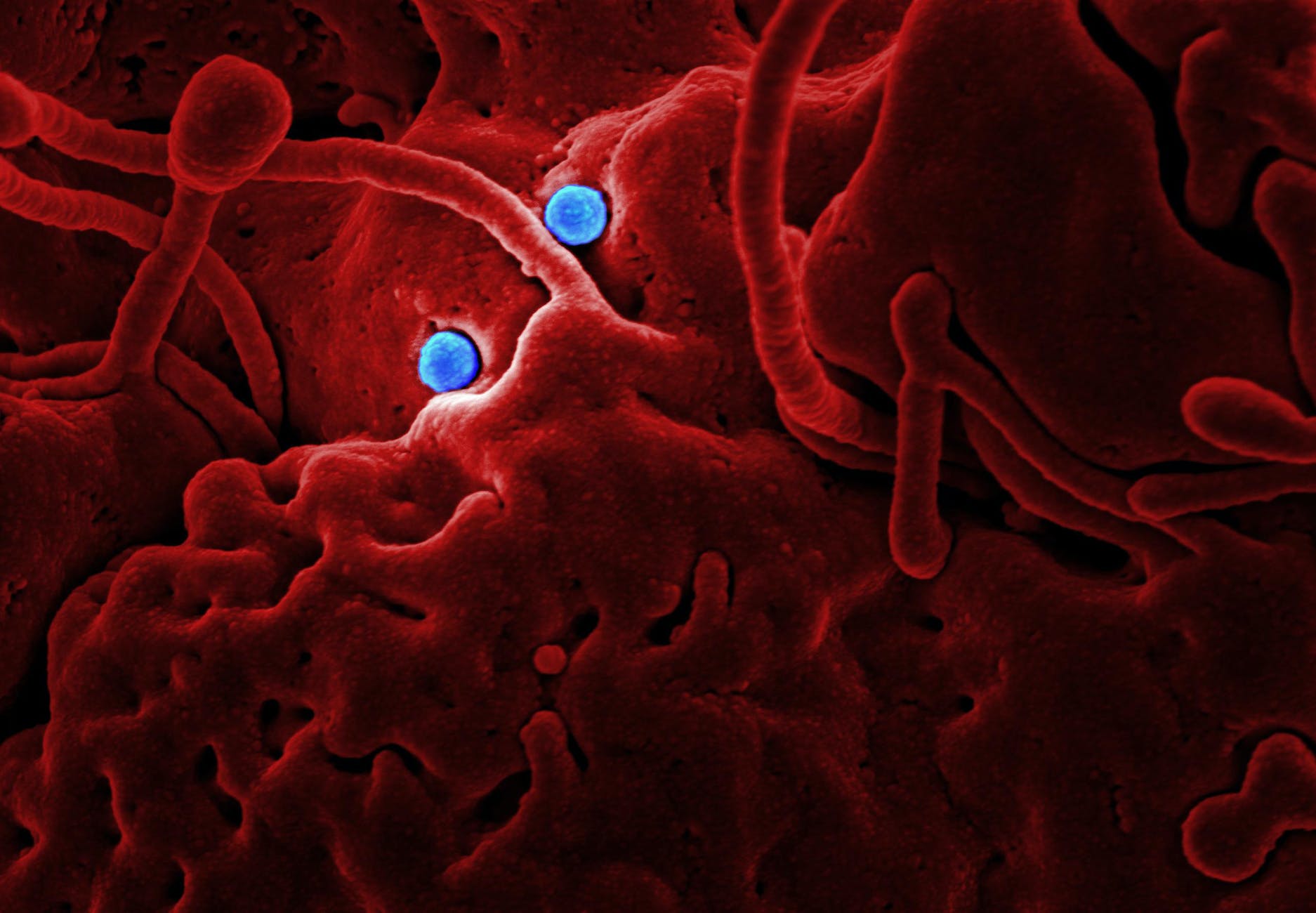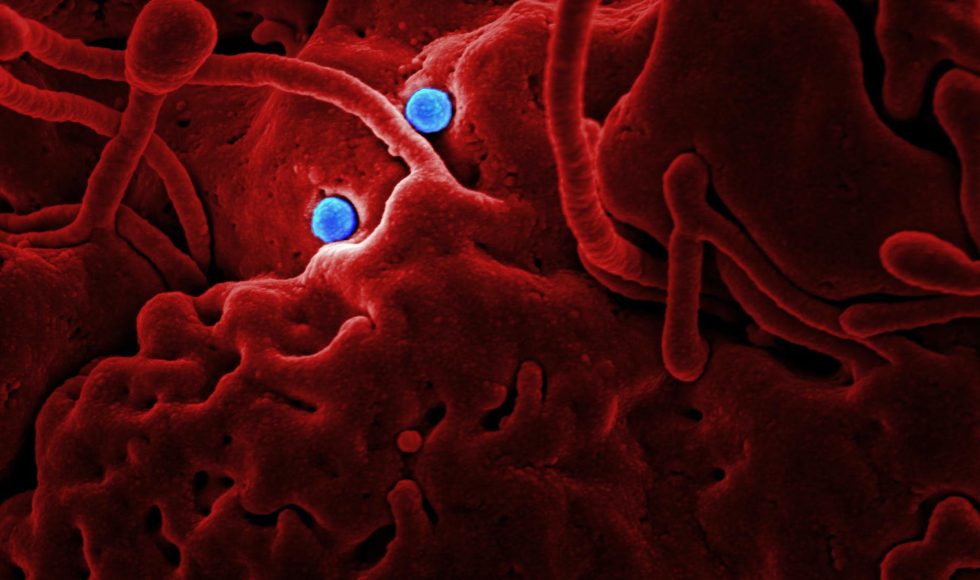Today, I spent time with the KBase Ed group at UC Berkeley! The first day was full of tips and opportunities. As I prepare for the Portable Genome Sequencing course later this semester, I am trying to learn about using Oxford Nanopore Technologies (ONT) devices for sequencing plasmids, microbes, metagenomes, and transcriptomes. Tonight, I watched a session I had seen several months ago. Dr. Erin L. Young from the Utah Public Health Laboratory spoke at the Nanopore Community Meeting 2022 about “Long-read sequencing enables in-depth characterization of plasmids encoding KPC-2 in Citrobacter freundii outbreak.”Young is a senior bioinformatician. They explained that Citrobacter freundii is an organism that can carry antibiotic resistance genes on plasmids and transfer them. Thus, it is important to learn about their origins and features. The group used a GridION x5 and the MIN 114 flow cells. DNA was prepared using the Ligation Sequencing Kit 114 and the Native Barcoding Kit expansion. Data analysis were with Guppy 4, and the sequences were assembled with Unicycler. The pasmid sequences were analyzed to compare the KPC 2.o plasmid sequences. In the isolates, the plasmids appear to be unique and not shared. More data analyses and sample sequencing will help address this question. The assemblies from Unicycler put together a single plasmid with one exception. One plasmid had an insertion. All this information was obtained with Nanopore devices and Unicycler!



